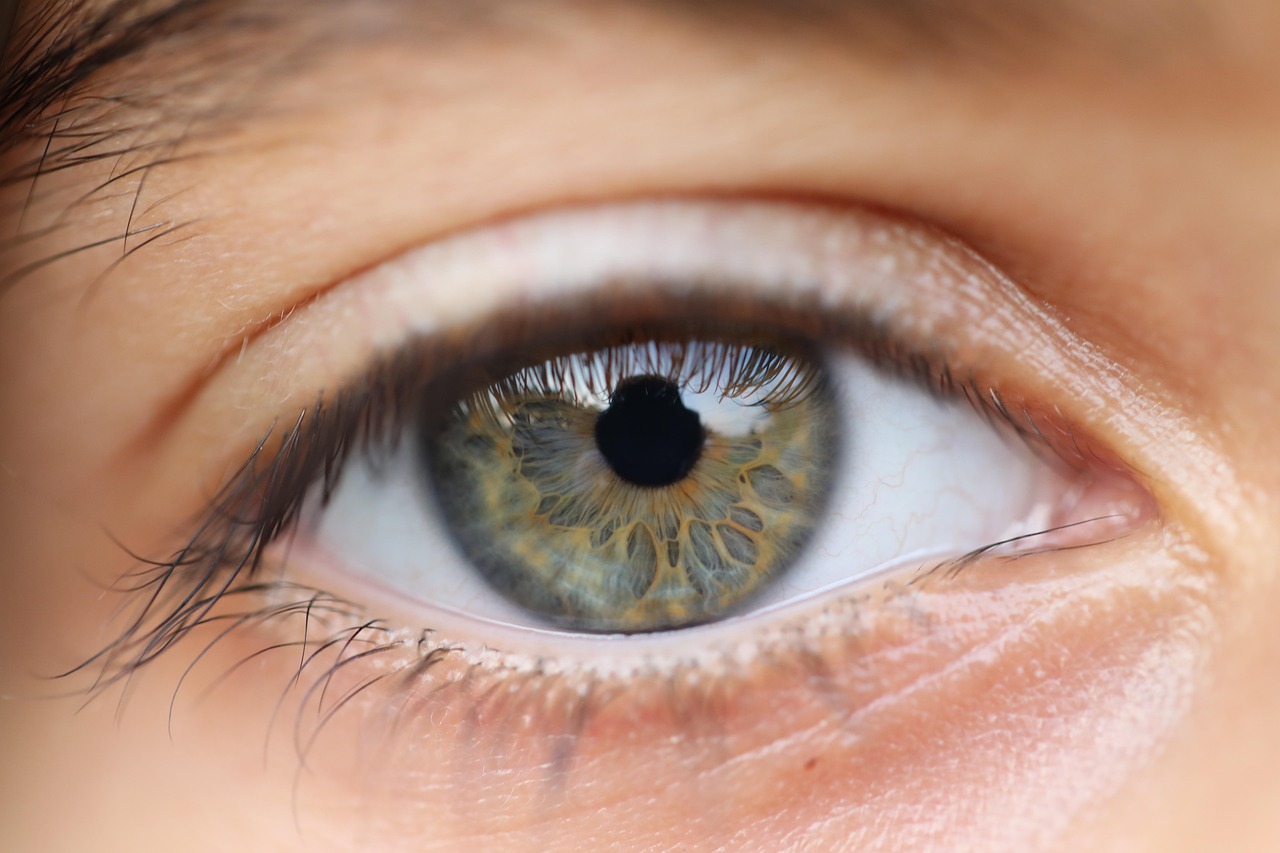The Unseen Impact of Eye Bags: A Deep Dive into Causes, Consequences, and Cures
The first signs of a long and stressful day, a sleepless night, or simply the inevitable passage of time often come in the form of dark, puffy shadows under our eyes. These undereye circles, commonly called eye bags, have long been a source of frustration and concern for individuals striving for a youthful and fresh-faced appearance. They are often perceived as a sign of fatigue or aging, making their presence undesirable to many. Understanding the causes behind these facial features is the first step towards addressing them effectively.

The Historical Context: Eye Bags in Different Cultures and Eras
Throughout history, the perception of eye bags has largely been negative. In ancient Egypt, for instance, they were seen as signs of ill health or poor hygiene. Ancient Egyptians would use a variety of natural remedies such as honey, milk, and even crushed beetles to help reduce their appearance.
In the Middle Ages, the concept of beauty revolved around youthfulness and vitality. Eye bags, associated with aging and exhaustion, were considered unattractive. This perception persisted through the Renaissance and well into the 20th century.
However, in some cultures, the presence of eye bags is seen differently. In South Korea, for example, a trend known as ‘aegyo sal’ emerged, wherein a small amount of fat or puffiness beneath the eyes is considered cute and attractive, signifying youth and happiness.
The Science Behind the Shadows: Causes of Eye Bags
Eye bags are the result of various factors, both genetic and lifestyle-related. Age plays the most significant role as, over time, the tissues and muscles supporting our eyelids weaken, causing fat to accumulate below the eyes, leading to puffiness and dark circles. Genetics also play a part; some people are genetically predisposed to have thinner skin around the eyes, making blood vessels and the dark tissues beneath more visible.
Lifestyle factors contributing to eye bags include lack of sleep, excessive alcohol consumption, smoking, high salt intake, and chronic stress. Certain allergies and skin disorders can also lead to darkening and swelling under the eyes.
The Unseen Impact: Psychological Consequences of Eye Bags
Eye bags, although physically harmless, can have significant psychological impact. They can cause self-consciousness, anxiety, and may even lead to social withdrawal. Studies have shown that people with visible signs of fatigue, such as eye bags, are often perceived as less healthy, less attractive, and more tired than they actually are. This can impact both personal and professional interactions, affecting overall quality of life.
Modern Solutions: Current Treatments and Future Prospects
Today, a wide range of treatments are available for those seeking to reduce the appearance of eye bags. Over-the-counter creams and serums containing ingredients like retinol, hyaluronic acid, and vitamin C can help tighten skin and reduce pigmentation. Professional treatments range from dermal fillers and chemical peels to more invasive options like blepharoplasty, a surgical procedure that removes or repositions excess tissue around the eyes.
In the realm of future prospects, research is ongoing into topical applications of growth factors and stem cell technology to regenerate the skin’s supportive structures and reduce the appearance of eye bags. The advent of personalized skincare, driven by advancements in genomics and biotechnology, also holds promise for more targeted and effective treatments.
A Balanced Approach to Eye Bags
While the quest for a youthful and vibrant appearance is universal, it’s essential to approach the issue of eye bags with a balanced perspective. Recognizing eye bags as a natural part of aging and understanding their causes can help alleviate associated anxiety. Adopting a healthy lifestyle, prioritizing sleep, and maintaining a balanced diet can go a long way in preventing their early onset. And for those seeking additional help, consulting with a dermatologist or aesthetician can provide guidance on the most appropriate treatment options.
Eye bags, like many other skin and hair care issues, are a complex intersection of genetics, lifestyle, and societal perceptions. By understanding their cause and impact, we can better navigate the plethora of treatments available, ensuring that our approach to skincare is not just skin-deep, but also rooted in science, history, and individual needs.






